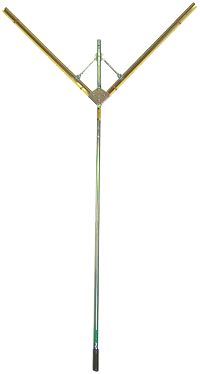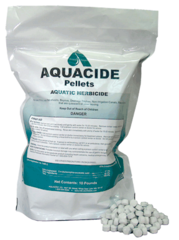
Although there are some benefits associated with Cattails, there are also several problems. The benefit of Cattails providing erosion control is also one of the biggest problems. Because of the thick root system and dense that Cattails create, they trap sediment and cause extension of shallow water, and eventually marshy shoreline. The natural progression of a water body is back to dry land and help with that progress is undesirable.
Not only is the management time consuming, but controlling Cattails can also be expensive. If Cattails are allowed to grow unchecked, they may eventually cover most of the shoreline, impeding bank access. A lot of time and money will be required to control the vegetation.

Getting rid of Common Cattails can be accomplished with a variety of methods. Herbicides work best because of the three stages of growth at which Common Cattails can be treated. Another method is physical Cattail removal, like cutting, which is relatively labor intensive.

When the cattails begin to grow early season, and the cattails are still below the water surface, the best control option is 2,4-D (Aquacide Pellets). The best method for mid to late season cattail control, is (Aqua Neat Liquid & Shore-Klear Liquid) mixed with a non-ionic surfactant (Cygnet Plus Liquid). As with any herbicide, please read the label to be certain of the appropriate rate to use.


Pond & Lake muck removal is also key. By reducing the amount of lake muck, nutrients that feed Common cattails (and Narrow Leaf cattails) will be reduced. Lowering the nutrient level should significantly reduce the amount of new cattail growth the following season.

For any questions regarding cattail control or any water weed growth, feel free to email or call for more details on treatment or answers to other questions we may not have discussed. Email Tom@KillLakeWeeds.com or Call 1-800-328-9350
Next Steps:
To visit our online here
To Request our product catalog click here
To learn about lake weed analysis click here
(Southern Ponds & Wildlife Spring 2006 Vol 5 18)
________________________________________________________________________________________________
It is generally not a good rule of thumb to place any type of aquatic vegetation into a private lake or pond. However, Common Cattails are one of the species that can be utilized, carefully, to add dimension to the water body.
Tagged in: how to get rid of cattails naturally, how to kill cattails, kill cattails, kill cattails in a pond, cattail removal
